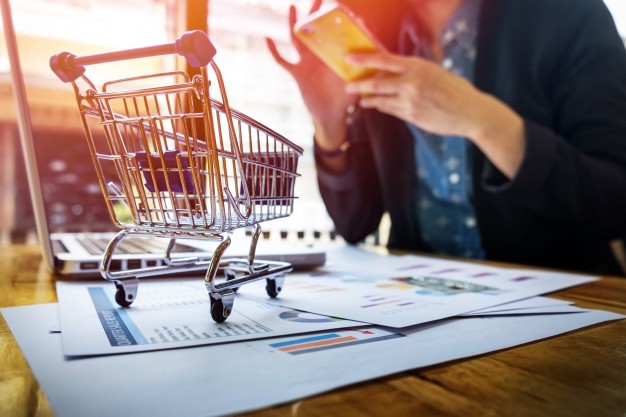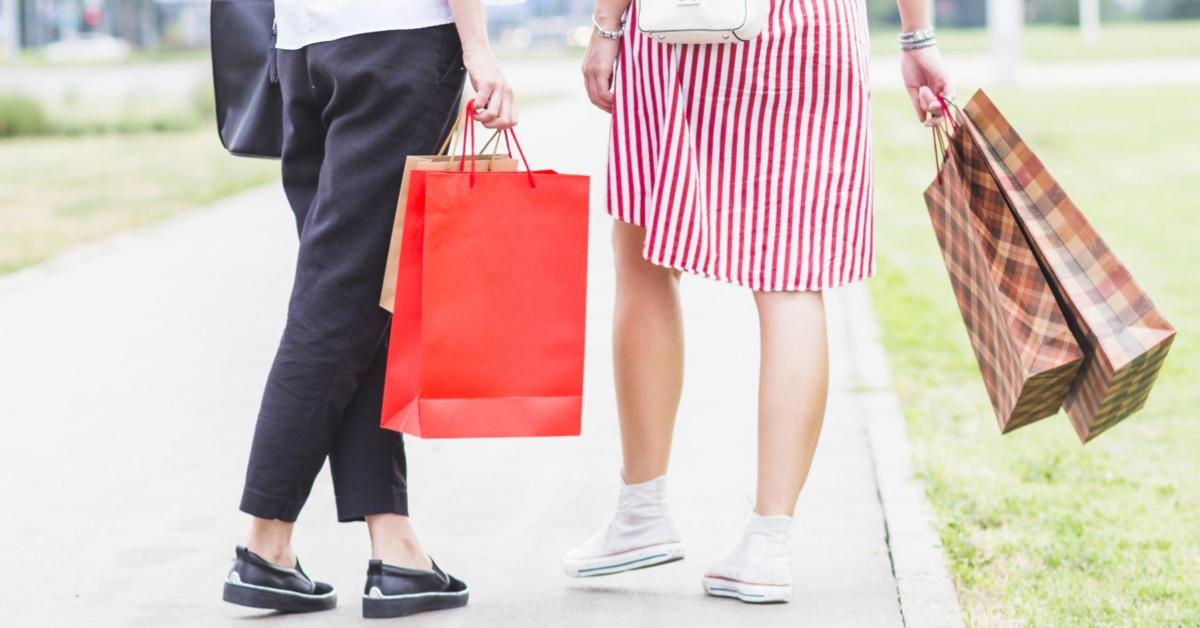[ad_1]
Uberall, a global leader in SaaS solutions for local marketing, and MomentFeed, an Uberall company, have released a new report entitled “The New Face of Local”. It examines how the digital acceleration driven by COVID-19 has led to a hybrid customer journey that mixes online and personal behavior when shopping on-site.
“Our report shows that as economies reopen, consumers are much less likely to differentiate online and offline and instead prefer a customer journey that blends physical and digital experiences in a non-linear way,” said Nick Hedges, chief strategy officer & EPP North America, Uberall.
The report includes survey responses from over 1,000 US consumers and analyzes local online performance from nearly 80,000 business locations.
Google # 1 for local business information
the The overwhelming majority of consumers (69%) use Google to find local business information, including reviews. But more than 20% also use Apple Maps, Yelp and / or Yahoo to find information on nearby businesses. Industry-specific websites and apps (e.g. travel, real estate, restaurants) are also important, one in five uses these platforms.
“Google is the focus of local search, but it’s not the only website consumers use to find local information,” said Greg Sterling, VP of Insights, Uberall. “People use a variety of directories, websites, and apps that often change by industry or category.”
Customer journey: local businesses remain important
Despite the significant growth in e-commerce over the last year, less than 18% of US consumers prefer to research and purchase products exclusively online. In comparison, 74% rely on stores at some point during their buying processeven if the transaction ultimately takes place online. In fact, a little understood fact that stores support ecommerce is: 66% of consumers are more likely to buy something online if they can return it to a local store.
66% of consumers are more likely to buy something online if they can return it to a local store.
“This is a strong indicator that consumers want a real experience during their customer journey – be it to evaluate the physical product in a store and / or the convenience of being able to take it home on the same day”, said Hedges. “Although the Internet has a profound impact on consumer decisions, both businesses and SMBs need to understand the relationship between online and offline behavior in order to be successful in the future.”
Non-branded searches initiate more customer journeys during Covid
Already most of the search queries Uberall found that unbranded searches became even more dominant during the pandemic. Non-branded search is the what (“bookstore near meâ€) before the who (e.g. “Barnes & Noble near meâ€).
“The rise in local unbranded search is a complex phenomenon, driven largely by consumer value placed on proximity, immediacy and convenience,” said Hedges.
Exposure to online business listings in 2020 was flat; Data for 2021 indicates rapid recovery
COVID disrupted normal consumer activity and the customer journey in 2020. Security protocols and associated restrictions dramatically reduced or eliminated in-person business visits to the United States. However, The first quarter of 2021 saw a huge surge in engagement and actions an upward trend that is likely to continue through 2021 when businesses reopen.
The data shows that, in many cases, Americans are ready to support local businesses they trust.
“The data shows that the return to personal shopping is slowly but surely approaching pre-pandemic numbers.“Said Hedges. “In addition, the importance of local businesses should not be underestimated. The data shows that, in many cases, Americans are ready to support local businesses they trust. “
Some industries did better than others
As consumers reduced or stopped visiting shops and halls in 2020, Industries like finance, retail, and government did better for click-to-actions on local listings. they are able to deliver alternative customer experiences over the phone or through their websites.
- The government saw the largest increase in local listing engagements, with an overall 93% increase in actions taken from local listings and a 115% increase in website clicks. This suggests that citizens were soliciting information from government officials about the latest regulations and restrictions, tests and vaccinations, unemployment and more.
- Retail saw a 58% more clicks on websites, This indicates a major shift in ecommerce marketing.
- Finance and leasing services increased 10%, with the largest shift being click-to-call.
By doing Restaurant, entertainment, and travel categories, which were heavily impacted in 2020, decreased engagement in listings and online promotions across the board. Conversions for many companies in these industries depend on personal experiences that are difficult to directly reproduce online.
- Travel recorded the largest year-on-year decline in measures at -47%, which is not surprising given the extensive travel restrictions in 2020.
- The social and entertainment industries were also badly hit, with a -32% year-over-year decline.
- Restaurants fared better as many had online, takeaway, and delivery options; however, there was still a -18% drop in promotions.

As more and more people incorporate hybrid shopping behavior into their customer journeys, it is vital for businesses in an evolving and unpredictable environment Bring more of the personal experience online and integrate online and offline assets to provide consistent customer experiences across all channels.
For more information and to download the report, see this link.
[ad_2]


